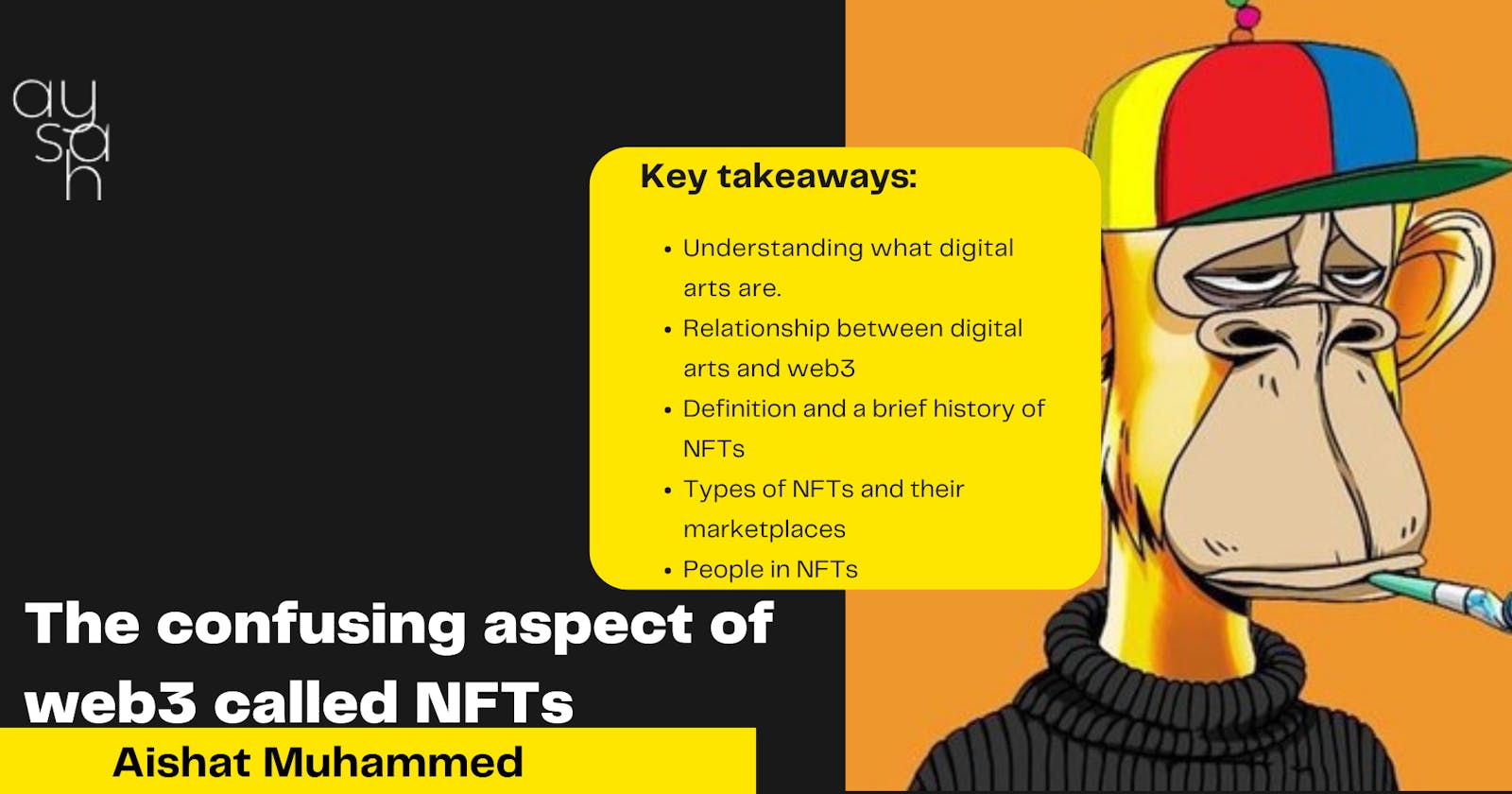Art is created and enjoyed by many people for many reasons. Over the years, it has evolved from simply drawing or sketching to a diverse area of life, moving beyond the history of fine art to include dancing and even writing. It all depends on your definition of art in this day and age.
Nowadays, the term "art" encompasses different aspects, which may include painting, drawing, pictures, fashion, music, dance, and even writing. Artists are now accustomed to representing their emotions, thoughts, creativity, and ideas in a physical or digital format.
When it comes to the digital format of art, it is fast becoming the new norm and is now the most used art medium for commercial art and design purposes. Before I proceed, let’s understand what digital art is.
According to Wikipedia, "Digital art" is any artistic work or practice that integrates digital technology into the creative or presentation process, or more specifically, computational art that employs and engages with digital media.

The goal of all art forms is to capture the composer's message, ideas, or emotions and display them for the enjoyment of others or themselves. Similarly, digital arts are a form of expression for artists.
Another goal for all artists is to make money from their art. This can be done by selling the original form of their work, doing commission work for individuals, or selling prints of their digital art.
Relationship between Arts and Web3 and NFTs
Web3's emergence preaches inclusion for all while excluding no one, which has benefited artists and creatives who have dabbled in the Web3 realm. Web3 has leveled the playing field for both artists and art buyers.
Every artist will be able to earn money from their art creations, which are called NFTs in Web3, and every buyer will be able to claim ownership of the NFT they purchased while it is recorded on the blockchain.
Another significant advantage for artists in the Web3 space when it comes to digital art is the ability to prevent the forgery of their digital items. Lastly, the Web3 space eliminates the need for a middleman when buying and selling NFTs. Before I explain further, let's understand what NFTs are and their brief history.
Definition and a brief history of NFTs
NFT is an acronym for "non-fungible token." An NFT is a unique digital token that cannot be copied, replaced, or subdivided. It is stored on the blockchain, contains all the information about a purchase, provides proof of ownership, and is easily transferrable. To simplify this, "non-fungible" means it is not interchangeable and can only be owned by a single person.
NFTs are used in a variety of ways and can represent a variety of digital assets such as paintings, music, drawings, pictures, and so on. It's equivalent to a digital receipt that can't be tampered with.
NFTs make your digital assets one-of-a-kind by creating a unique digital signature and identity that defines your asset's ownership and allows it to be bought and sold for real money on the blockchain.
NFTs, like other technologies, has a history that dates back to when they were invented. On the Namecoin blockchain in 2014, a man named Kevin McCoy minted the first NFT called "Quantum," which consists of a video clip.
Minting an NFT simply means creating new NFTs (non-fungible tokens) on a blockchain, which also means recording the data (the video) in the case of McCoy on the blockchain.
McCoy created a non-fungible token for "Quantum," which was recorded on the blockchain and cannot be changed, replaced, or replicated by anyone. In other words, there can only be one such video on the blockchain, and McCoy owns it until it is sold.
After it is sold, ownership is transferred to the new owner, but the transaction records are kept on the blockchain.
Over the years since the successful minting of the first NFT, projects such as CryptoKitties and CryptoPunks have revolutionized the industry, both creatively and financially.
NFT sales have skyrocketed, with many of the most well-known NFTs bringing in millions of dollars.
With notable celebrities such as Jack Dorsey, Ronaldo, and others spending seven figures on NFTs, the evolution and growth of NFTs have continued to boom in the Web3 space, creating more opportunities for artists to trade their art without fear of duplication or theft.
Over 1 billion NFTs are currently on the market, with an average monthly creation rate of around 8 million. As of the time of writing this article, the most expensive NFT sold is Pak’s "The Merge," with a $91.8 million price tag. Other notable NFTs are the Beeple NFTs and the Crypto Punk NFTs.
Sometimes, artists may not want to sell their digital assets, but rather have them recorded on the blockchain to avoid forgery or replication by unauthorized parties. When these digital assets are minted on the blockchain, they are represented by NFTs.
You might be thinking: "But I can choose to copy these pictures because they're digital and online and visible to everyone." To a certain extent, this is correct. You could obtain a copy of this digital item online, but ownership is not yours. You have no authority over that item. Most NFT buyers, even if they still own the item, purchase ownership rights, and all rights to that item become theirs.
Types of NFTs
There are various forms of digital arts that can be minted as NFTs on the blockchain and sold, just as there are various forms of physical art. Even though there is no restriction on what counts as an NFT, it is safe to say that anything can be an NFT.
NFT's diverse use cases can be attributed to its expanding growth over the years. The various types of NFTs are listed below.
Artwork
Pictures
Music and Media
Event Tickets
Virtual Fashion
Memes
Articles
Tweets and so on
Collectible Items / Trading cards
NFT Marketplace
The NFTs marketplace is the platform where you can buy and sell NFTs. Anyone who owns an NFTs, whether the creator or the person who most recently collected it, can list it for sale.
There are several marketplaces where NFT owners can list their NFTs for sale, with OpenSea being the most popular of them all. Sellers can list their NFTs for a price, while buyers get to purchase them.
Buyers can bid on NFTs even if they aren’t for sale, and sellers can choose to accept or ignore them. Some of the platforms where you can buy and sell NFTs include
SuperRare and so On
People in NFT
NFTs are popular among artists, musicians, business owners, and even writers and photographers. It wouldn't be fair to leave out the Web3 developer who created the fungible tokens and the marketplaces that allow us to buy and sell NFTs.
If you're wondering if you can embark on an NFT journey in the Web3 space, the answer is yes. Basically, you just need to develop a skill that allows you to create any type of NFTs that stands out.
Graphic design, photography, motion design, and other skills can help you get started with NFTs. You can also look for boot camps where creators can assist you in getting started on your journey.
A boot camp like "Digital art 101", which is organized by the Web3Ladies in collaboration with NftyTribe, is a great way for beginners to get started with NFT.
Conclusion
In as much as there are concerns, Whether or not NFTs are here to stay, they have opened up a new world of opportunities for creators, developers, and others willing to buy them.
The blockchain record of an item grants the collector or owner absolute ownership of the item or data and cannot be duplicated. NFTs are non-fungible and can only be sold or passed down from one person to another.
Yaay! we've reached the end of our article. If you made it all the way to the end, thank you very much. Please leave any feedback or questions in the comments section. I'd be delighted to respond to them.

